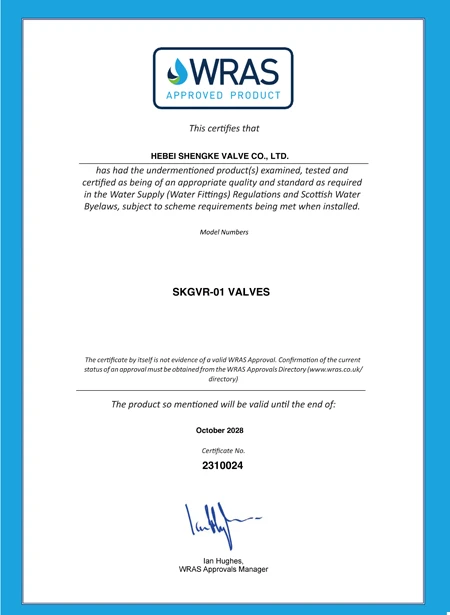Nov . 24, 2024 14:38 Back to list
Understanding the Functionality and Applications of Gate Valves in Various Industries
Understanding Gate Valves Functions, Types, and Applications
Gate valves are a crucial component in various industrial applications, designed to control the flow of liquids and gases through pipelines. As simple as they may seem, their design and functionality play a significant role in ensuring efficient system operation. This article delves into the fundamental aspects of gate valves, including their construction, types, applications, and maintenance.
What is a Gate Valve?
A gate valve is a type of valve that opens or closes by lifting a gate out of the path of the fluid. It is primarily used to provide full flow or no flow in a system, making it an excellent choice for services where the fluid needs to be fully stopped or allowed to pass through without restrictions. The mechanism operates vertically, wherein the valve’s gate is raised and lowered by a threaded stem connected to a handwheel or actuator.
Construction and Mechanism
Gate valves are typically constructed from various materials, including cast iron, stainless steel, and bronze, depending on the application and the nature of the fluid being controlled. The basic components of a gate valve include
- Body The main structure that houses all other components. - Gate The movable part that controls fluid flow; it can either be wedge-shaped or parallel. - Stem The rod that connects the gate to the handwheel or actuator; as the handwheel is turned, it raises or lowers the gate. - Bonnet The cover that connects to the valve body to provide access to internal parts for maintenance. - Seat The area where the gate makes a seal to prevent leakage.
Types of Gate Valves
There are several types of gate valves, each suited to specific situations
1. Wedge Gate Valve This is the most common type and features a wedge-shaped gate that can create a tight seal. It is often used in high-pressure applications.
2. Parallel Gate Valve In this design, the gate and the seat are parallel to each other. Parallel gate valves are more suited for on/off services with less risk of jamming.
3. Expanding Gate Valve This type allows for better sealing as the gate can expand against the seat under pressure, ensuring reduced leakages.
gate valve

4. Sliding Gate Valve Used in various applications, these valves utilize a sliding mechanism for smooth operations.
Each type offers distinct advantages and is selected based on operational requirements, pressure ratings, and environmental conditions.
Applications of Gate Valves
Gate valves are widely used across multiple industries. Some notable applications include
- Water Treatment Plants They are essential for controlling the flow of water in and out of treatment units. - Oil and Gas Industry Used in pipelines and processing units to manage the flow of crude oil, natural gas, and refined products. - Chemical Processing Gate valves control flow in reactors and storage units, making them integral to chemical manufacturing processes. - Power Generation They help regulate steam and water flow in power plants.
Gate valves are especially preferred in applications where a tight sealing capability is required, and they are typically not suited for throttling applications, as doing so can damage the gate.
Maintenance and Considerations
Maintaining gate valves is vital to ensure their longevity and performance. Regular inspections should be carried out to check for signs of wear or corrosion. Operators should also ensure that valves are exercised periodically to prevent them from seizing up. The lubrication of the stem and the threading mechanism is essential, along with the inspection of seals to avoid leaks.
Operators should be cautious regarding the pressure and temperature ratings of gate valves to avoid excessive stress on the equipment, which can lead to premature failure.
Conclusion
Gate valves are indispensable in the management of fluid flow across various industries. Their simple yet effective design allows for full opening or closure of the flow pathway while providing robust sealing capabilities. Understanding the types, applications, and maintenance requirements of gate valves can lead to better decision-making in industrial settings, ultimately enhancing operational efficiency and safety. As technology advances, the evolution of gate valve designs continues to improve their functionality and reliability, ensuring they remain a staple in fluid control systems for generations to come.
Share
-
Reliable Wafer Type Butterfly Valves for Every IndustryNewsJul.25,2025
-
Reliable Flow Control Begins with the Right Ball Check ValveNewsJul.25,2025
-
Precision Flow Control Starts with Quality ValvesNewsJul.25,2025
-
Industrial Flow Control ReliabilityNewsJul.25,2025
-
Engineered for Efficiency Gate Valves That Power Industrial PerformanceNewsJul.25,2025
-
Empowering Infrastructure Through Quality ManufacturingNewsJul.25,2025